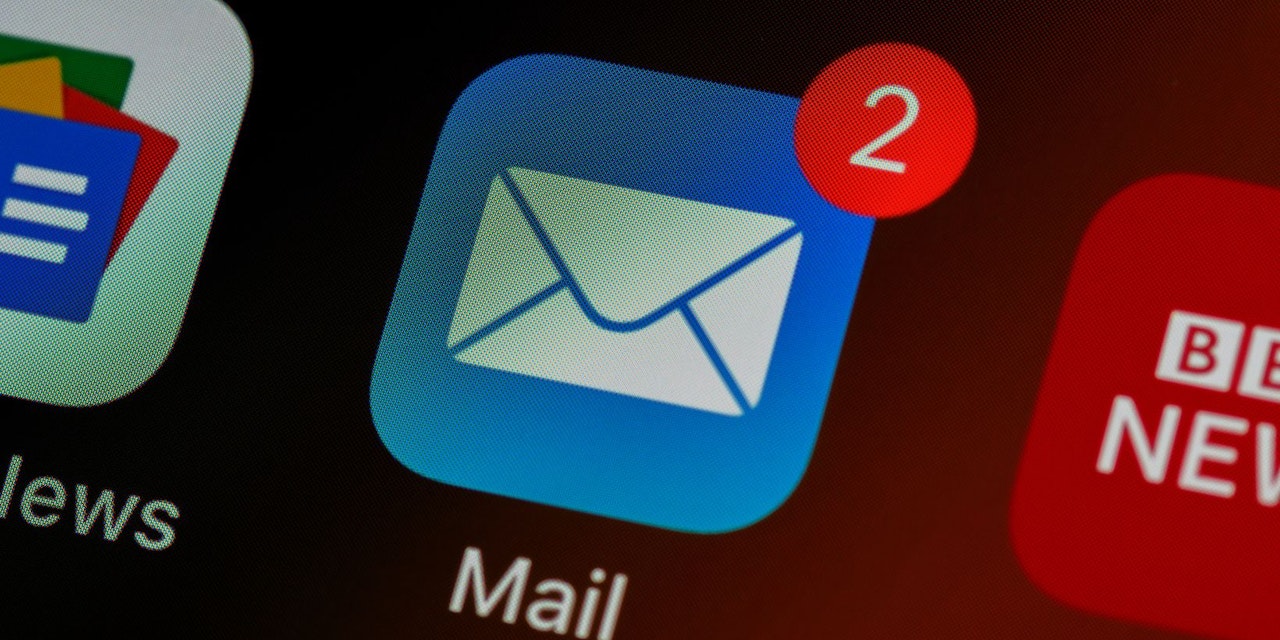Marigold
Rooted in deep industry expertise, Marigold unites world-class, fit-for-purpose marketing solutions across the full customer lifecycle that build loyal customer connections for over 40,000 global brands, from SMB to enterprise.
This promoted content is produced by a publishing partner of Open Mic. A paid-for membership product for partners of The Drum to self-publish their news, opinions and insights on thedrum.com - Find out more
Data shows email is still the top channel for revenue - but only if it's done right
January 3, 2023

By Tim Glomb, VP of content, CM Group
Email is only a format. The key to effective email marketing is in the message delivered, says CM Group's Tim Glomb.
Don’t call it a comeback. Email may be an old format, but it continues to be one of the most effective marketing channels brands can use to drive revenue - if used correctly (and that’s a big if).
According to the 2022 Digital Consumer Trends Index, email crushes all other forms of customer outreach — banner ads, social media ads, organic posts, and SMS combined — by up to 108%. What’s more, nearly half of those surveyed (45%) said they made a purchase in the last year based on email engagement, compared to 33% acting on a banner ad or 22% based on an SMS message.
Advertisement
Surveys aside, we also looked at actual usage based on the campaigns conducted across our platform by over 1,000 brands in the US across all industries. We found engagement increased year-over-year in nearly all categories. Total open rates increased 62% over Q1 last year. Unique opens grew 92%. Total clicks were up 5% with unique clicks up 9%. Perhaps best of all, unsubscribe rates fell 24%
Results like these are why so many brands utilize email for delivering offers and messages, and so many email marketing platforms exist to serve them. However, it’s easy to get blinded by the stats showing how successful email is as a format and forget the work required to get those results. Just having an email and a platform to send it isn’t enough to capitalize on these trends. The format is only half the battle. The other half (if not more) is the message, the conversation.
After all, part of what makes email such a powerful channel is that it can be personalized incredibly easily, yet rarely is. Consumers prefer a more personal interaction and favor companies that send personalized emails, especially when they want them most — which is rarely when marketers tend to send them.
According to the Index report, consumers remain frustrated with the lack of personalized messages brands send. Half report irritation by receiving irrelevant content or offers (49%) with this being the single biggest gripe with Gen Z at 39% and Boomers at 71%. Consumers are also annoyed with messages that don’t reflect their wants and needs (41%). Nearly a third do not feel a brand has even recognized their shopping or loyalty history (31%) and many claim to get emails at the wrong time of day (20%).
Personalization requires data from the individual consumers that brands want to engage. Gathering that data well in advance of sending any emails is critical, and also will inform the kinds of content and offers your email should convey.
Successful email marketing requires engaging consumers first and discovering what they want, need, and expect. A personal touch must also go beyond addressing a consumer by their first name. Using keywords and phrases in subject lines that the customer self-selected or declared earlier is a massive driver of open rates.
For instance, rather than a generic “happy birthday” email sent once a year, trigger an email suggesting the top three products based on which section of your site or app they visited most in the last month. Then dynamically insert those details into the subject line. (Get more tips like this in our free Relationship Marketing ebook.)
Following up with hyper-relevant content and offers that meet their needs is the essence of the email body. Combining those two elements is how to drive meaningful action, which also goes far beyond measuring open rates alone in a post-iOS 14.5 world.
Personalization should offer products the customer has expressed an interest in, that fit their budget. Meanwhile, messages should contain dynamic content that uses keywords that will elicit engagement. This information can only be collected through zero-party data, that is data declared directly from the consumer to brand, which empowers hyper-personalized, data-driven email and maximizes ROI.
Brand communication frequency should not only be based on the typical customer’s purchase cycle and profile but also triggered by key signals the consumer is sending. Nothing is more annoying than receiving a mass-blast promotional email hawking a product a customer recently purchased. On the flip side, triggering an email to someone who browsed a website three times in a week, opened an app, or even visited a store today, is a great way to continue the conversation. In fact, triggered journeys and emails based on these signals can be incredibly effective when they are personalized with context, such as promoting the product or category they recently visited or browsed.
Progressive profiling also allows brands to ask the next-best question to expand knowledge about an individual. Collecting psychographic data that can’t be inferred or deduced gives brands new reasons to reach out with a more relevant message or offer. Most forward-thinking brands are progressively profiling customers’ interests, preferences, motivations and desires just as two people would do in a conversation. This is the true differentiator of zero-party data.
With a zero-party data collection strategy, audience building and progressive profiling never stops, it just evolve - much like a human relationship. The days of marketers casting and blasting one single message to their entire database are behind us. Collecting knowledge about an individual is step one, and AI or machine learning can determine who gets that next message and when.
Personalization is the core of relationship marketing. That means it’s about delivering value, relevancy and creating meaningful experiences to individuals based on their own preferences and data, not third-party or inferred data that may have possibly been bought or collected by tracking and snooping.
After all, all of us engage our friends with actual conversations and exchanges of knowledge rather than snooping and spying. It’s time brands took the same approach. The more you show you care about them, the more your customers may return the favor. And what better time to strengthen those bonds than now?
For more tips, case studies, and data on how a personalized email strategy can benefit your customer outreach efforts, download the free Relationship Marketing ebook.


